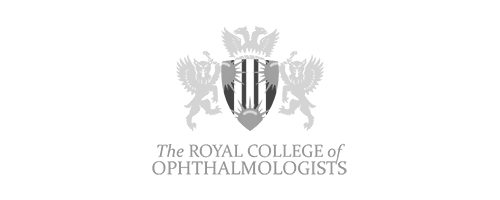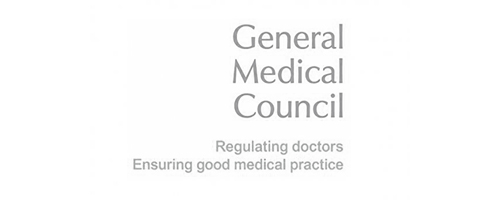COMMON EYE CONDITIONS & TREATMENTS
The information outlined below on common conditions and treatments is provided as a guide only and it is not intended to be comprehensive. Discussion with Misha is important to answer any questions that you may have. For information about any additional conditions not featured within the site, please contact us for more information.
Misha regularly performs cataract surgery to correct short sightedness, long sightedness and astigmatism.
Click here for more information on the operation and benefits of cataract surgery.
Click here for more information on age related macular degeneration.
Click here for more information on retinal vascular diseases.
Click here for more information on Central serous chorioretinopathy.
The sooner uveitis is treated, the more successful treatment is likely to be.
Click here for more information on the symptoms and treatment options for Uveitis.
Some eye problems don’t fit neatly into one of our other services, so Misha’s general clinics are an opportunity for her to make a full assessment and decide on the best treatment for you. You might also be assessed here if you have more than one eye condition.
In her general ophthalmology clinic, Misha diagnoses and treats all conditions of the eye, including:
- cataract
- corneal and external eye
- eyelid disorders
- glaucoma
- lacrimal
- medical retina
- meibomian cyst
- metabolic eye disease
- metabolic eye, strabismus, ocular motility and neuro
- minor operations
- suspected cancer
- vitreo-retinal
We are able to accept referrals for any of these conditions. If you are interested in seeing us, please discuss a referral with your optometrist, GP or other healthcare professional.
In an emergency we may be able to see you without a referral.
In a small number of patients, the capsule thickens and becomes a little opaque. This stops the light reaching the back of the eye. If this happens, you may notice a gradual decrease in vision, problems with glare, or things might look slightly hazy. The capsule thickening does not damage the eye in any way; it merely makes the sight fuzzy. Capsule thickening (also called “after cataract”) can happen at any time after your cataract operation from a few months to years. The aim of this laser procedure is to make a hole in the thickened lens capsule (called as laser capsulotomy).
For information about any additional conditions or treatments not featured within the site, please contact us for more information.







